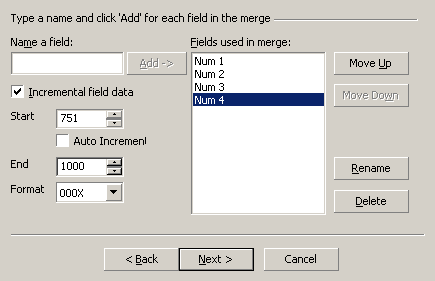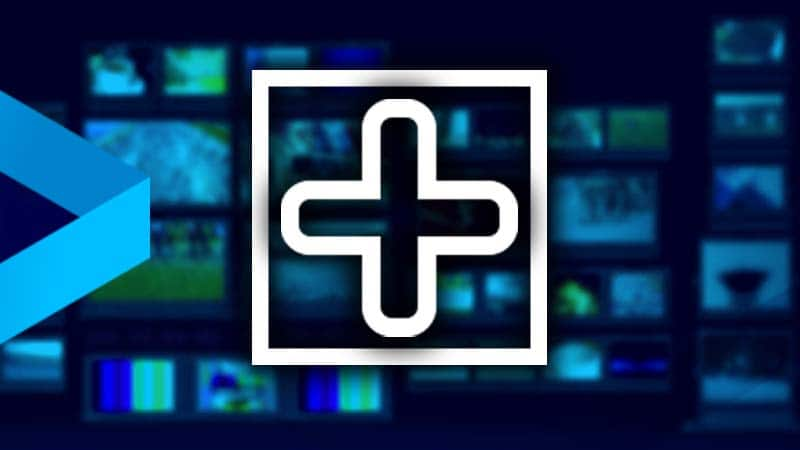
Auto Number Corel Draw Script Tutorial
Place Alerts Temp. Bloki dlya avtokada skamejki.
Unfortunately, the Auto Number Corel Draw Script Free Downloads all sound very digitized and lack any natural sound. We’ve extended our special price on Regan Slab, a solid, slab serif typeface family from The Northern Block type foundry. Due to a bug with.BeginDrawCurve command in CorelDRAW 7 this script is only available for CorelDRAW 8. It was tested on DRAW 8.369 and worked fine. However you can try it with your version of Draw7 if you change 'CorelDRAW.Automation.8' for 'CorelDRAW.Automation.7' at the beginning of the script.
By Steve Bain As anyone new to printing from a graphics application can tell you, print errors can sometimes be a scary and costly experience. Problems are often amplified if you’re faced with choosing options that you have limited experience with. If you don’t know what they are, you certainly won’t know which to choose (or which to avoid).

In this tutorial, I’m going to delve specifically into the PostScript options starting with those generally available in recent versions of both CorelDRAW and Photo-PAINT in an effort to bring clarity to the murk. When you print from CorelDRAW®, you’re actually using the print engine to send commands to your printer. Print options use information gleaned from your print driver to enable you to control how various object types are reproduced on the printed page. It is useful to know that the PostScript tab (shown below) appears only when you have selected a PostScript printer. When the CorelDRAW print engine prepares a document for printing, these options enable you to control how the PostScript page description language is prepared for your printer. Is Your Printer Compatible?
The question of printer compatibility is based on whether or not your selected printer is of the PostScript variety. Designed to make printing more efficient, PostScript printers use specific page description language to reproduce certain aspects of text and objects. Essentially, non-PostScript printer drivers convert the entire contents of your document into a bitmapped image based on your drawing size and the material size onto which you’re printing.
If you’re unsure of your printer’s compatibility, check either with your manufacturer or the documentation included with your printer. Generally, deskjet, bubblejet, and inkjet printers are non-PostScript while imagesetters are exclusively PostScript. Ordinarily, selecting a printer and its device driver—and perhaps even the PostScript Printer Driver (PPD) file—will automatically set the Compatibility option (shown below). Compatibility will depend on how recent your printer’s PostScript technology is. Along with everything else in the computer industry, PostScript technology has evolved over the years.